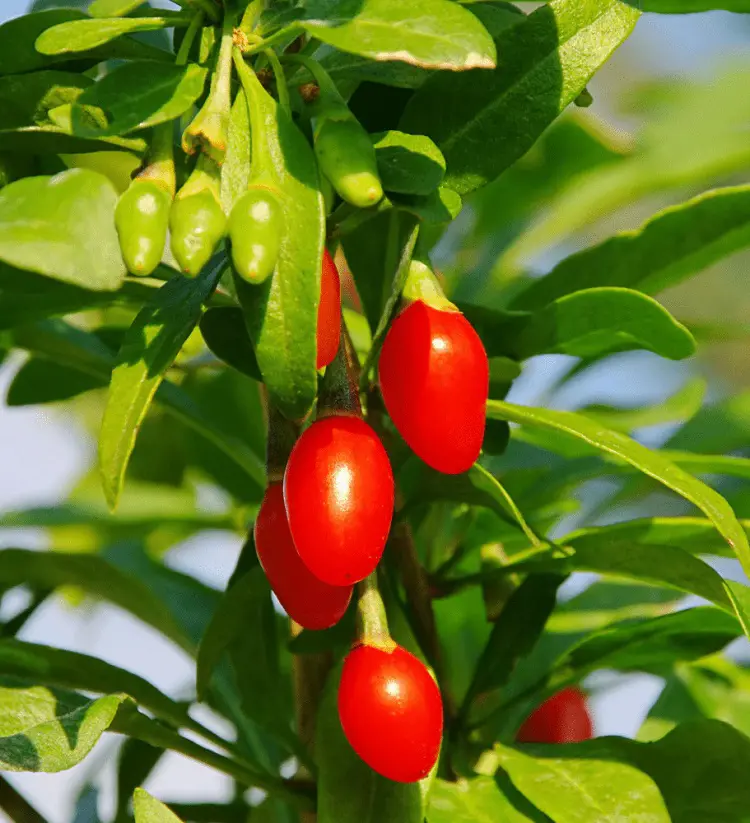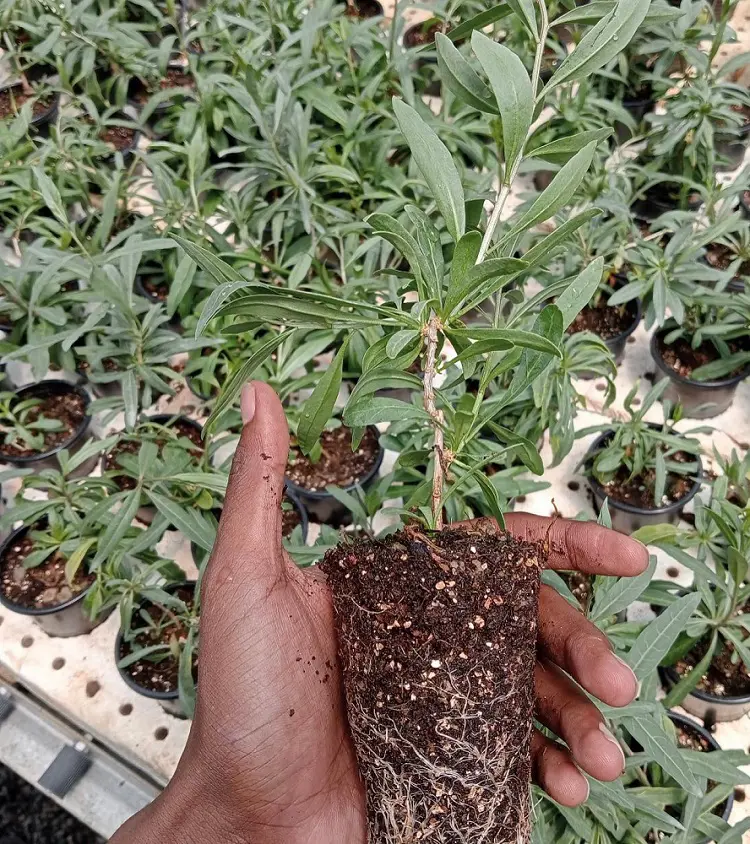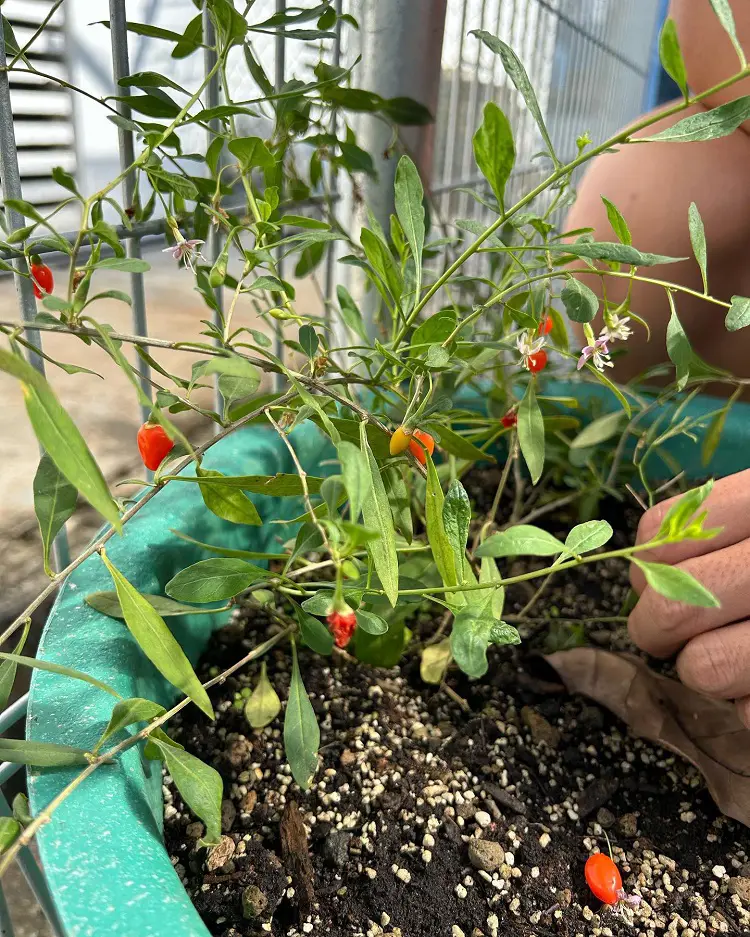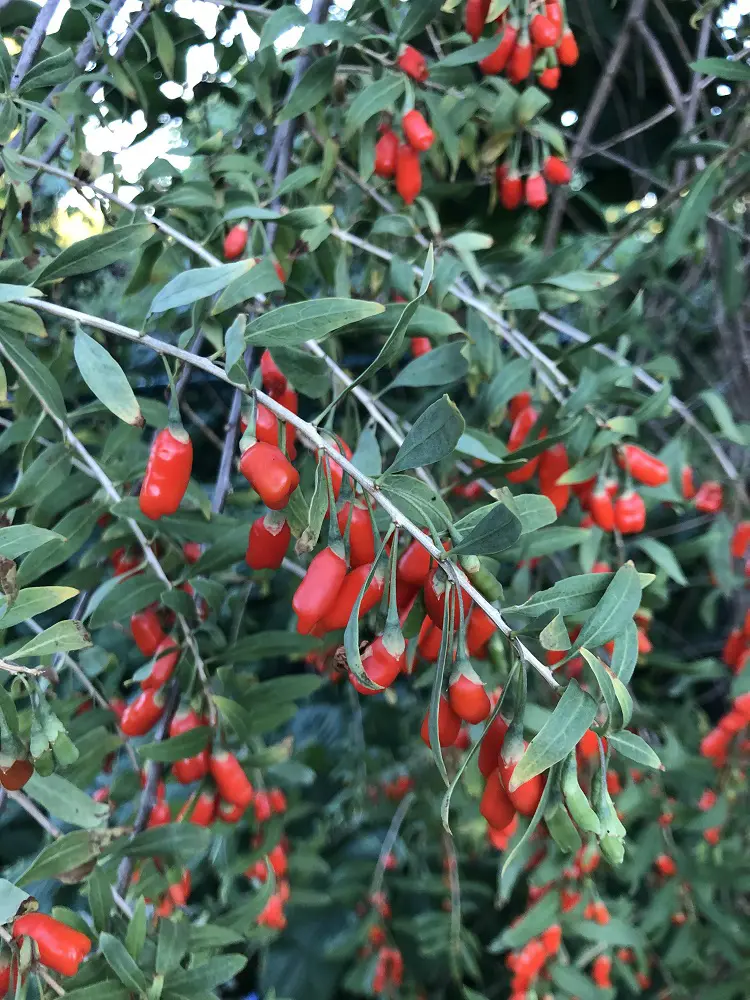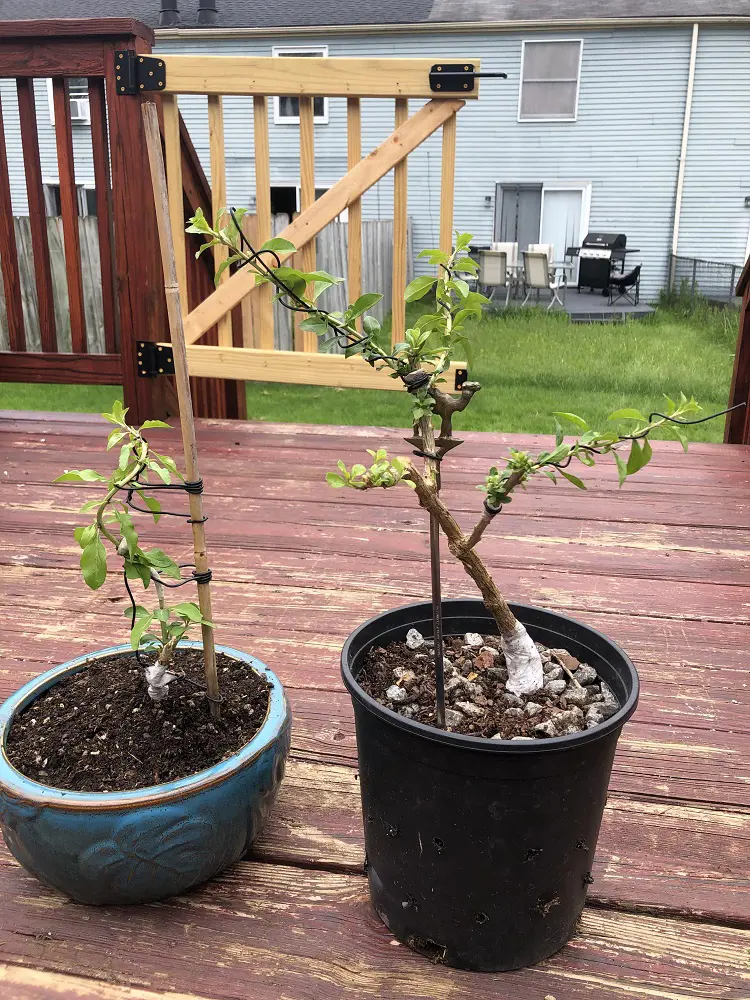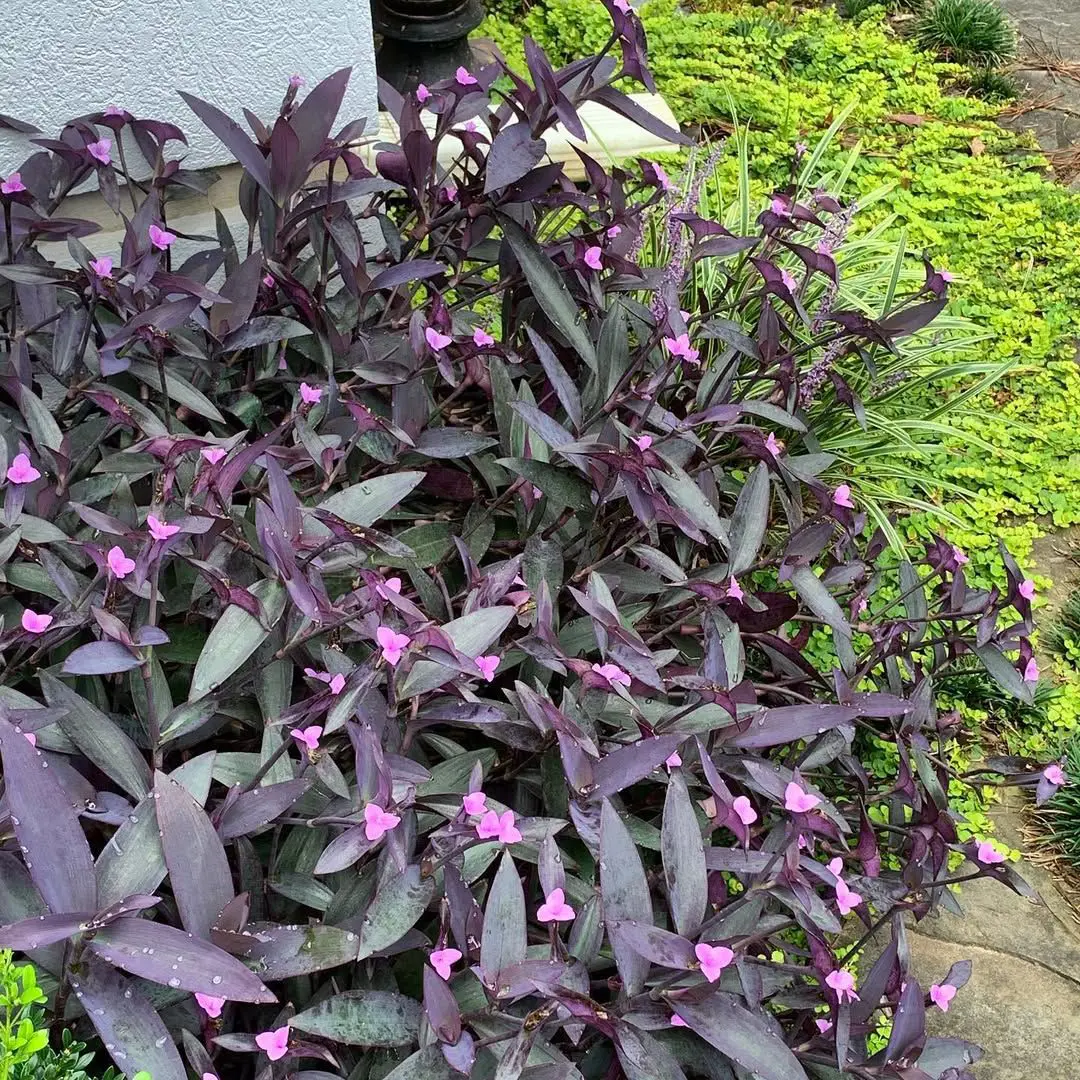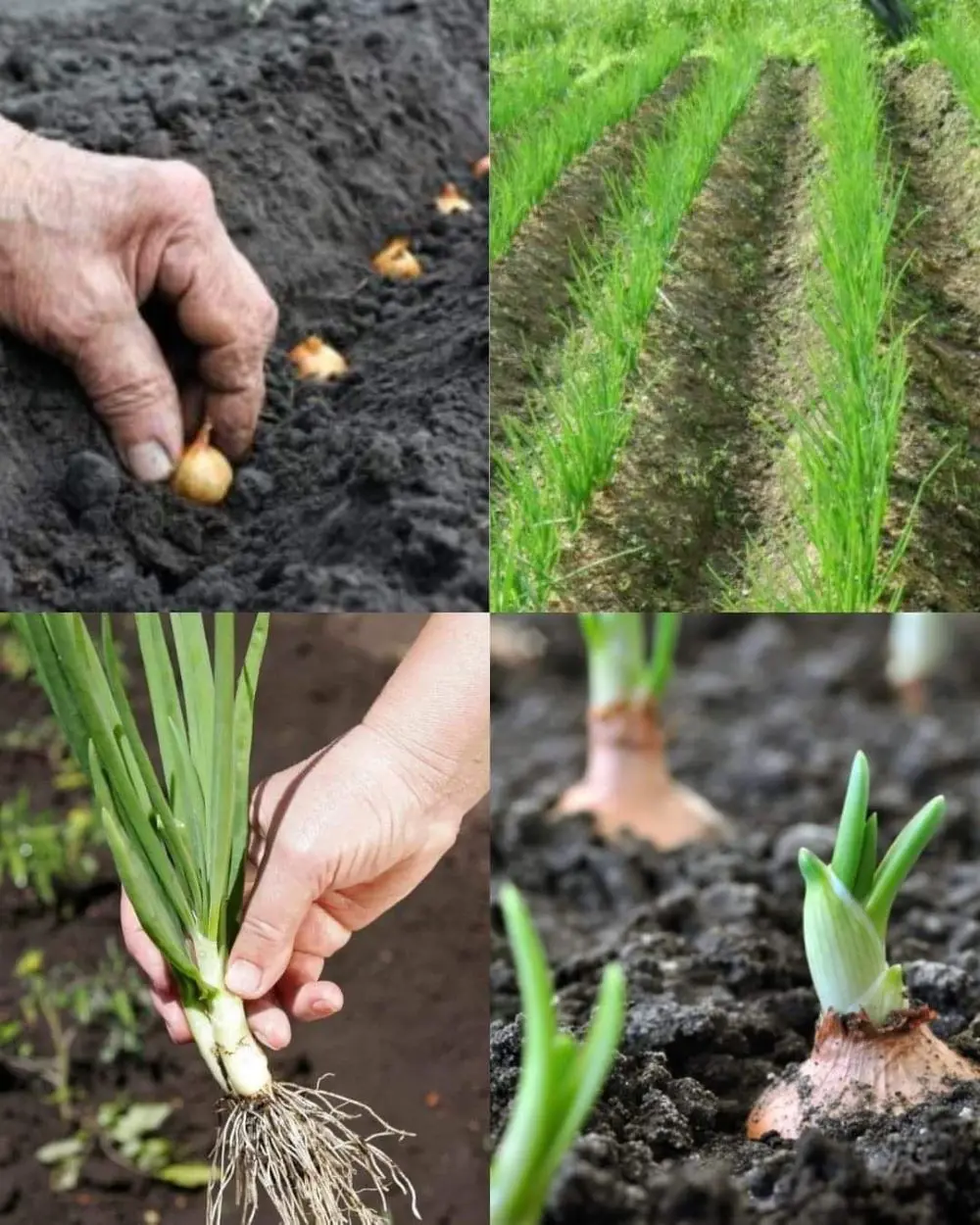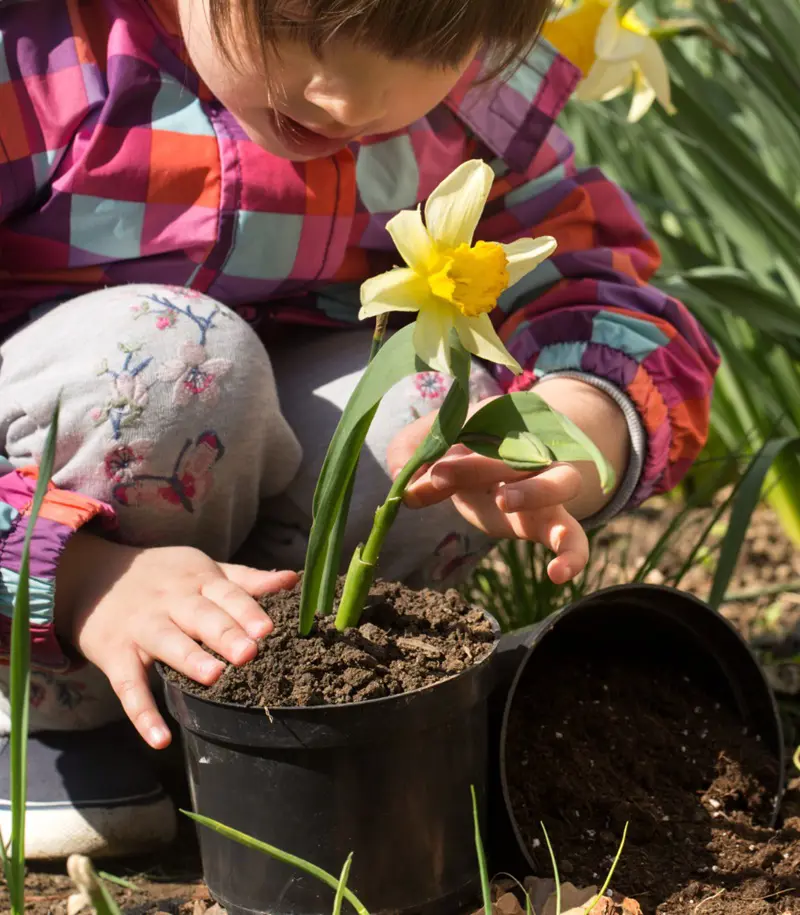When and Where to Plant Goji Berries

Understanding the ideal conditions for planting goji berries is crucial for ensuring healthy growth and a bountiful harvest. Proper sunlight, well-drained soil, and appropriate spacing are essential factors for successful cultivation.
Light Requirements
Goji berries thrive in full sun, requiring at least six hours of direct sunlight each day. Planting them in a location with ample sunlight will ensure they produce healthy growth and abundant berries. While they can tolerate partial shade, optimal fruit production occurs in full sun conditions.
Soil Requirements
Goji berries prefer well-drained, slightly acidic to neutral soil (pH 6.5 to 7.0). Poorly draining soil can lead to root rot and other issues, so it’s important to plant them in a location with good drainage. Conducting a soil test before planting will help determine the pH level and nutrient content of your soil. If necessary, amend the soil with organic matter to improve its structure and fertility.
Spacing
Goji berry plants can vary in size depending on the variety, but they generally require spacing of about 4 to 6 feet apart to allow for adequate air circulation and growth. Proper spacing helps prevent fungal diseases and ensures each plant has enough room to grow to its full potential.
Planting Time
The best time to plant goji berries is in the spring after the danger of frost has passed or in the fall before the ground freezes. Planting during these times allows the roots to establish themselves before the heat of summer or the cold of winter.
